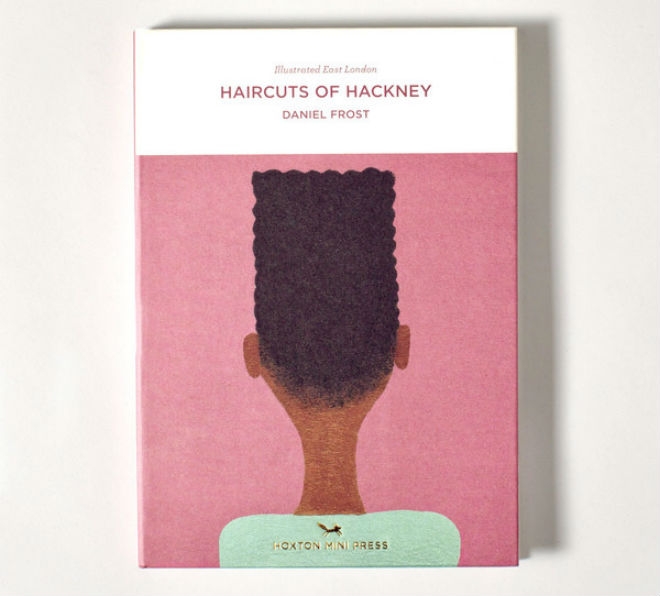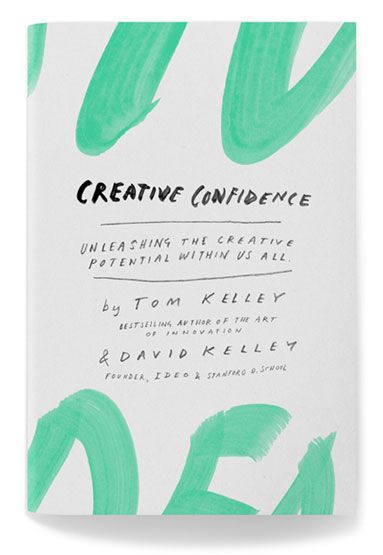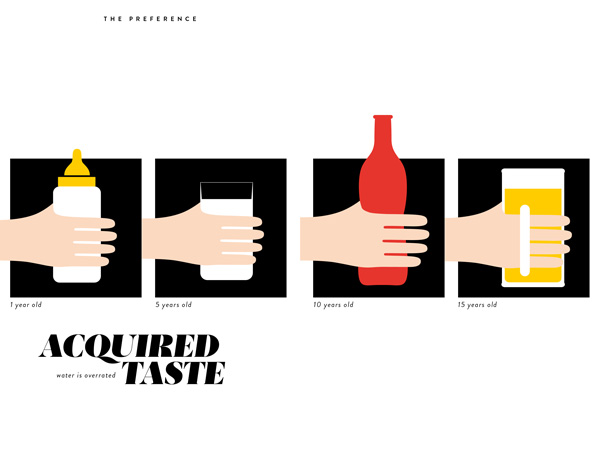are you a giver or a taker? maybe you’re a benefit-of-the-doubt kinda guy. or perhaps an-eye-for-an-eye kinda lady? what role do you think that plays in how you work? or in your success?
these are the questions organizational psychologist adam grant asks in his book, give and take. it’s a fascinating book and i think these questions give huge insight into how we operate, at work and in life.
“according to conventional wisdom, highly successful people have three things in common: motivation, ability, and opportunity. if we want to succeed, we need a combination of hard work, talent, and luck. [but there is] a fourth ingredient, one that’s critical but often neglected: success depends heavily on how we approach our interactions with other people. every time we interact with another person at work, we have a choice to make: do we try to claim as much value as we can, or contribute value without worrying about what we receive in return?”
he breaks the theory down into three chunks: givers give more than they receive. takers do the opposite and put their interests first. and matchers do neither. matchers are more focused on making sure the scales of giving and getting are evenly balanced. i’m a matcher. an eye-for-an-eye kinda lady. and when i heard grant speak it really gave me a lot of insight into myself. and since then i have been better able to understand and manage my thoughts and feelings because of this context.
so, long story short, which of the three types is most likely to succeed?
“research demonstrates that givers sink to the bottom of the success ladder. across a wide range of important occupations, givers are at a disadvantage: they make others better off but sacrifice their own success in the process.”
but here’s the interesting part: while givers were the worst performers, they were also the best. with takers and matchers landing in the middle.
“there’s something distinctive that happens when givers succeed: it spreads and cascades. when takers win, there’s usually someone else who loses. research shows that people tend to envy successful takers and look for ways to knock them down a notch. in contrast, when [givers] win, people are rooting for them and supporting them, rather than gunning for them. givers succeed in a way that creates a ripple effect, enhancing the success of people around them. you’ll see that the difference lies in how giver success creates value, instead of just claiming it.”
so interesting!
more here.
image above by saskia pomeroy



































